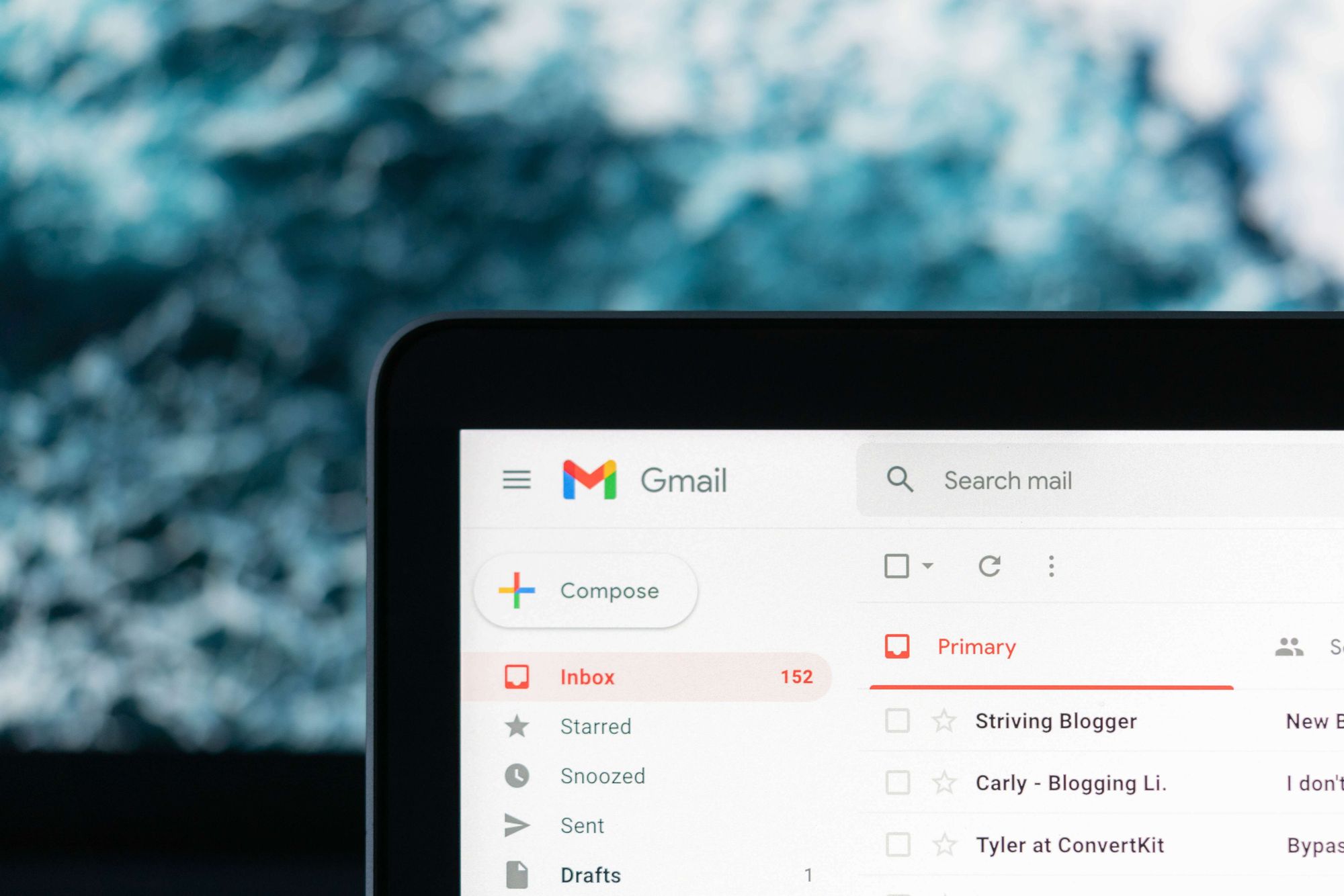Influencer marketing is one of the hottest topics in the marketing world right now.
It’s a fast-growing marketing channel that has proven results, with 74% of marketers claiming that influencer marketing improves customer and prospect experience with their brand.
But for many brands, getting your products and services into the hands of influencers with millions of followers can be an expensive business. Fortunately, these high-profile influencers may not even be the best choice for your company.
Enter the micro-influencer, influencers with a much smaller, yet often very dedicated and loyal following. These kinds of influencers have the potential to offer an amazing ROI for B2B brands. In this article, we explore the rise of the micro-influencer and why you should be investing in influencer marketing as part of your marketing strategy.

High engagement rates
It may surprise you to know that the more followers someone has on social media, their engagement rate actually decreases. It’s true! A survey of 800,000 Instagram users revealed that as an influencer’s followers rose, their engagement rate (likes and comments) decreased, with micro-influencers shown to receive more engagement than mega influencers and celebrities.
But, why? Well, it’s much more difficult to manage a community with over a million followers, and micro-influencers are in that sweet spot of having enough people to engage with, say, 10,000, but still being able to manage that community with their personal touch.
Bear in mind too that the higher the follower count, the increased likelihood that many of those followers will be fake accounts, so you won’t even be gaining access to the entirety of a macro influencer's supposed reach. But micro-influencers are much less likely to have this problem, so you know that their followers are real and that the engagement is authentic.
Niche markets
One of the reasons micro-influencers make such sense for B2B is that they have a grasp on specific markets where your audience is based. Once an influencer really starts to take off and become big, their followers will vary widely, coming from all sorts of locations and industries. Some may even just follow them because they’re a big name, not because they have any actual interest in the content they share.
So even though micro-influencer don’t have millions of people to push content towards, they have a powerful voice in more niche marketers. They have a laser-focused fan base that follows them because they appreciate their expert knowledge in a specific field. If you can find micro-influencers that sit in the niche of your business, you’ll have access to a small yet very invested pool of potential customers.

More cost-effective
The cost of influencers is always a consideration when implementing influencer marketing into your strategy. This is another factor where micro-influencers take the top spot. Big influencers and celebrities are a huge investment, and you may not have the resources available to dedicate to that kind of project.
If you’ve got a strict budget, or you just want to dip your toe into the world of influencer marketing, then going with a micro-influencer is a great way to reap the benefits without the high price tag. In fact, some micro-influencers may collaborate with a brand in exchange for a product or service alone. So with their potential for a much higher ROI than going with a bigger, more expensive influencer, micro-influencers truly are the cost-effective choice.
Authenticity
Probably the biggest pull micro-influencers have over those with larger followings is their authenticity. According to a study, 88% of respondents say they believe it’s important for influencers to be authentic and genuinely care about their interests. And a survey asking people why they trusted influencers revealed that relatability was nearly twice as important as popularity, showing the true power influencers have when their audience views them as an authentic, reliable source.
Today, more than ever, people have wised up to advertising and they hate being marketed at. So many brands are abandoning bigger influencers and celebrity endorsements in favor of micro-influencers, thanks to their smaller yet more dedicated following. These smaller influencers can deliver a more authentic message to their trusted audience, and B2B brands can benefit from these intimate relationships.
Micro-influencers rely on their authenticity to keep their followers engaged. They know that any inauthentic content will lose them followers, so they wouldn’t agree to work with a product or service they don’t believe in, as it would destroy their credibility. So if they agree to promote your products, you know they’ll do it with a truly authentic message and their followers will believe it.

Easier to work with
Micro-influencers are much easier to work with than bigger ones.
When you go after huge influencers, there’s a chance you may never get a response due to how many requests they get for collaborations.
Micro-influencers, however, will be more available, able to deal with things on the fly, and will have more flexibility in their plans. So if there are any last-minute changes or alterations to a campaign, working with a micro-influencer will allow for more flexibility.
How to choose micro-influencers
So you’ve seen all the reasons why micro-influencers are a great choice, but how do you find the ones you want to reach out to?
For some brands, it might simply be a case of looking through the accounts that regularly engage with your brand and reaching out to this dedicated segment of customers, since they are already acting as brand advocates. However, you may want to break into a new market or expand your audience, so you'll need to look outside your current followers and identify specific micro-influencers without any affliction with your brand.
While searching, keep in mind the following:
- Their posts
Get an impression of their account and the type of content they put out. Do they post regularly, does their style of posts and overall message match up with your brand?
- Followers
Check out who follows this micro-influencer, as this will be who you’re targeting through your collaborative content. Take a look at who follows their accounts and see if this kind of audience represents your brand.
- Following
You can also check out who they already follow, the kind of accounts they gravitate to, as this will give you a good idea of the kind of person they are, and what their preferences are, which can help inform your collaborative content strategy.
- Engagement
Engagement is one of the biggest advantages of working with a micro-influencer, so make sure you check those engagement levels. Look at the likes and comments they receive on their posts, how active are their followers? As they’ll have fewer followers than bigger accounts, you need to ensure there’s a good amount of high-quality engagement on their posts.
Final thoughts
For B2B brands, the ROI from micro-influencers will typically result in a high engagement rate with a more relevant base of customers. So when diving into the world of influencer marketing, consider by-passing macro-influencers and building up a good relationship with a micro-influencer with a dedicated following in your specific niche.
Curious to learn more about influencer marketing for B2B? Join the Revenue Marketing Alliance community!





